Expanding the “bio” in biogeochemical modeling: including voles in arctic climate models
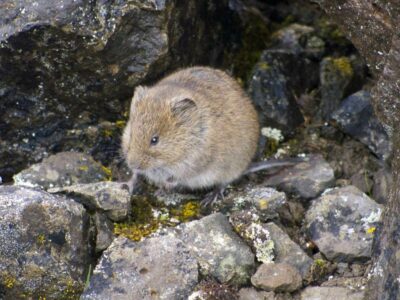
Explicit representation of voles improves models of the impacts of climate change on Arctic ecosystem function

Explicit representation of voles improves models of the impacts of climate change on Arctic ecosystem function
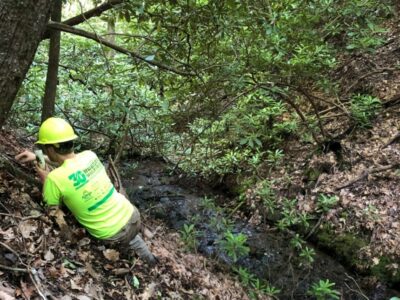
Microbial resilience and response with ongoing climate change is influenced by land use legacies at the Coweeta LTER.
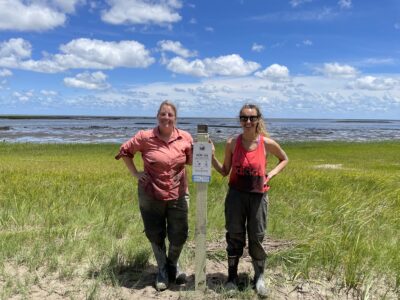
With just a phone camera, anyone can add to a growing dataset tracking environmental change at the Virginia Coast Reserve LTER.
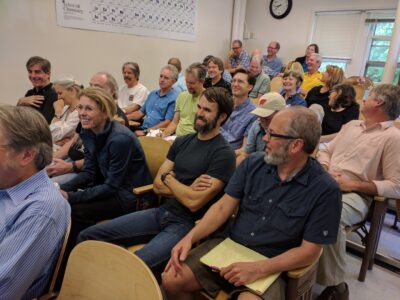
LTER network scientists work together to reveal key trends in organic matter processing, storage and transport across ecosystems.
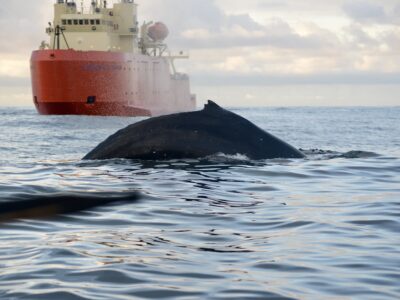
Palmer Antarctic LTER researchers track the full migration of Southeast Pacific humpback whales, the first time this has been done.
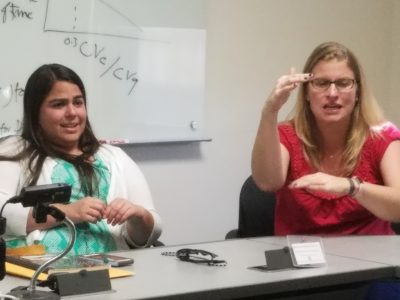
Synthesis working groups rely heavily on in-person collaboration. Free-flowing debate on goals and methods carries over from afternoon workshops through shared dinners. There’s little substitute for the immediacy of cooking up an analytical approach, scripting it onsite, discussing results, and making revisions — all within a few hours. And the easy availability of technical, analytical… Read more »

LTER has a strong presence at the American Geophysical Union Fall Meeting in 2021. See which talks are happening here:
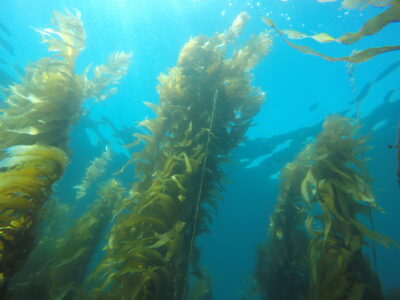
For Southern California reefs and beaches, giant kelp fuels the food web and creates an environment in which biodiversity booms. But the nutritional quality of kelp is lower than it once was, a new study from the Santa Barbara Coastal LTER shows. The culprit? Climate change and warming ocean water, coauthors Dr. Heili Lowman and Kyle Emery find.
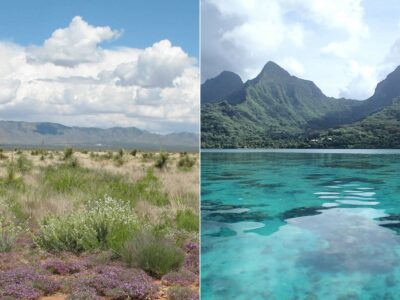
The LTER Synchrony Synthesis group links richness synchrony to ecosystem stability in a new study, showing synchrony is a key control on ecosystem functions.
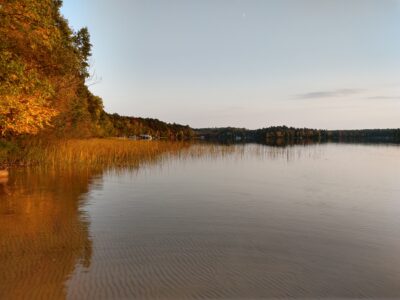
A new paper by Dr. Andrew Rypel uses long-term datasets to reveal spatial and temporal variation for fish in Wisconsin lakes.